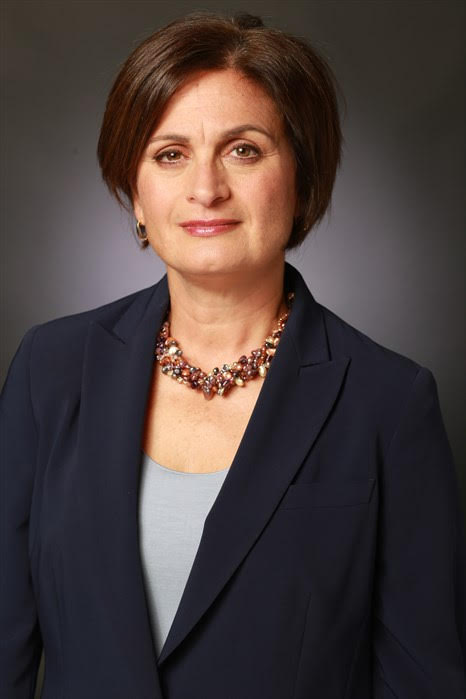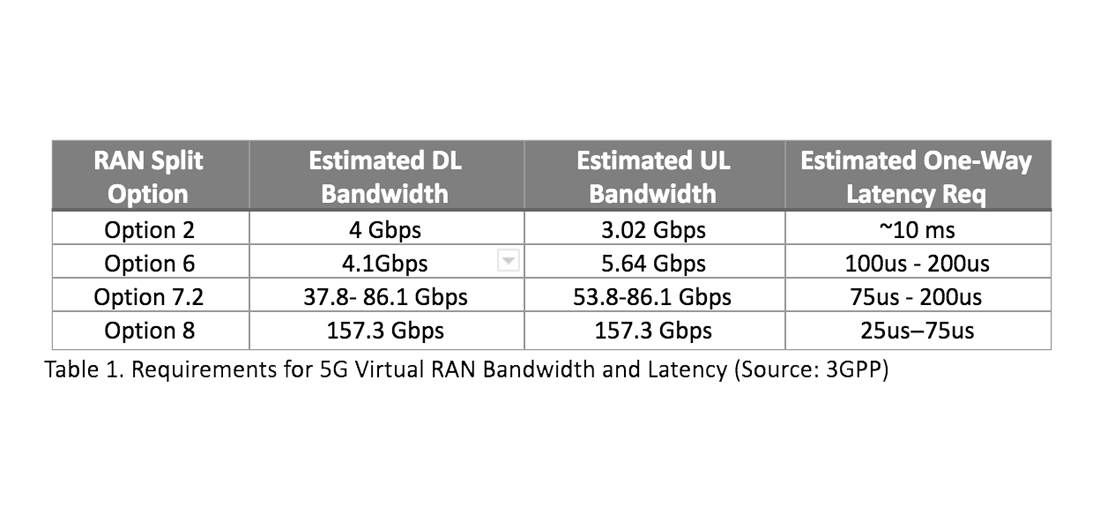MSOs Are Well Positioned to Play a Major Role in 5G Deployments
"These initiatives and others will position cable operators to play an important role in 5G backhaul and potentially Virtual RAN midhaul. Over the longer term, they may open a path to 5G fronthaul as well." -Liliane Offredo-Zreik and Chris Nicoll, principal analysts, ACG Research

Mobile network operators need a cost-effective solution for their 5G network densification that will enable them to deliver the full benefit of speed and latency improvements inherent to 5G. The much-promoted speed and latency benefits of 5G primarily come with the use of mmWave spectrum in the ranges above 20GHz. ACG predicts that to deliver on the full potential of this valuable mmWave spectrum, 5G networks will need to be up to 10x denser than 4G networks. In this spectral range, transmission range is limited to typically less than 500m, thus using small cells or mini-macro cells is an essential ingredient in the successful densification of 5G. Adding the vast number of new cell sites to achieve the necessary densification is a challenge to telecom operators and an opportunity to cable operators.
Wireless cells have traditionally been backhauled over fiber. However, given the significantly larger numbers of cells needed in 5G and the need to locate them very closely to subscribers, using fiber to backhaul these cells is very expensive and operationally more complex. Pulling fiber and power very deep into the access network requires permits and construction, delaying the deployment for several months to a year.

This is where cable operators come in. According to NCTA, the cable plant passes 93% of US homes, and cable operators have largely upgraded their infrastructures to DOCSIS 3.1, which enables capacity of up to 10 Gb/s downstream and 1 Gb/s upstream. Furthermore, with the continuing node splits and the migration to a distributed access architecture, modern cable systems will have the capacity and bandwidth needed for 5G backhaul. The cable plant also has sufficient power in the last mile; this enables DOCSIS to meet the need of backhaul in terms of bandwidth and power.
Does the cable infrastructure meet the bandwidth and latency requirements for 5G backhaul? What about fronthaul and midhaul for Virtual RAN? The answer is a qualified yes. The latency requirements for 5G backhaul are far less stringent than those of midhaul and fronthaul, where latency requirements can be 25us–75us (microseconds).
For midhaul and fronthaul the answer is more complicated because each RAN virtualization option has different latency and bandwidth requirements (table), and wireless operators have not settled on one split option. Moreover, although LTE utilizes individual wireless spectrum channels of up to 20 MHz each, 5G expands channel widths to 100 MHz and greater, which increases the amount of bandwidth needed to serve a cell site by up to 5x.

Typically, fronthaul and midhaul are best served by fiber or optical ethernet connections. However, cable operators are working on a number of initiatives to address both latency and bandwidth constraints in an effort to become a viable alternative for midhaul and fronthaul:
Low Latency xHaul (LLX) was introduced by CableLabs in June 2019 to address the latency requirements of xHaul; it has a pipelining scheme to hide the DOCSIS latency behind the 5G latency.
Synchronization Techniques for DOCSIS Technology Specification, introduced in April 2020, addresses the asymmetrical shortcoming of DOCSIS because the mobile network is symmetric in nature and requires the sharing of a common clock.
DOCSIS 4.0 enables operators to significantly increase upstream bandwidth, either using Extended Spectrum or Full Duplex DOCSIS. The additional spectrum, going to 1.8 GHz and even 3.0 GHz, will substantially increase the bandwidth availability in the last mile.
These initiatives and others will position cable operators to play an important role in 5G backhaul and potentially Virtual RAN midhaul. Over the longer term, they may open a path to 5G fronthaul as well. Efforts to utilize mmWave spectrum provide a much-needed capacity layer to 5G networks but require a cell density to achieve consistent coverage. Small cells are ideal for 5G densification; however, the backhaul and power requirements to get them connected has posed a barrier for years.
Cable operators are in an advantageous position to serve a positive and profitable supporting role in 5G network deployment and densification, particularly in backhaul, and have a potentially successful pathway toward enabling midhaul and even fronthaul in the future.
Multichannel Newsletter
The smarter way to stay on top of the multichannel video marketplace. Sign up below.
